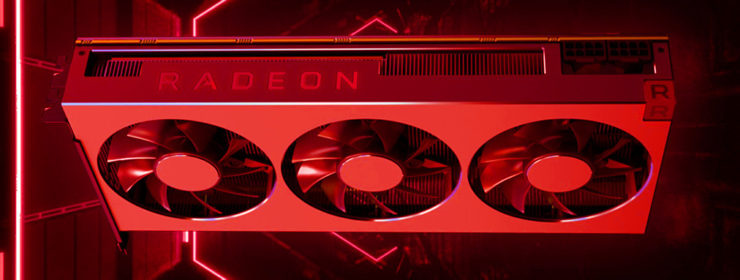
A whole bucket of rumors surrounding the AMD Big Navi GPU which will power its next-gen Radeon RX enthusiast graphics cards has been posted by Chiphell leaker, wjm47196. The leaker who has a history of leaks which turned out to be legit has talked about how the development of the flagship RDNA 2 graphics card is shaping up and what we can expect in terms of specifications and overall performance.
AMD Radeon RX ‘Big Navi’ Enthusiast RDNA 2 Graphics Card To Feature 16 GB VRAM Capacity But Rumors Indicate A Launch in Q4 2020 In Reference Only Flavors
Before we talk about the rumored details, we just want to point out the things that the leaker has got correct in the past. Wjm47196 was first to point out that Navi 10 GPUs won’t feature ray tracing capabilities and will target RTX 2080 performance which turned out to be true. He also pointed out that AMD would unveil more information on its RDNA 2 and its GPU roadmap at CES 2020 and also revealed that Polaris 30 (Radeon RX 590) would be launching in Q4 2018, Radeon VII in Q1 2019 and 7nm Navi mainstream cards arriving before the high-end enthusiast-grade variants in 2019.
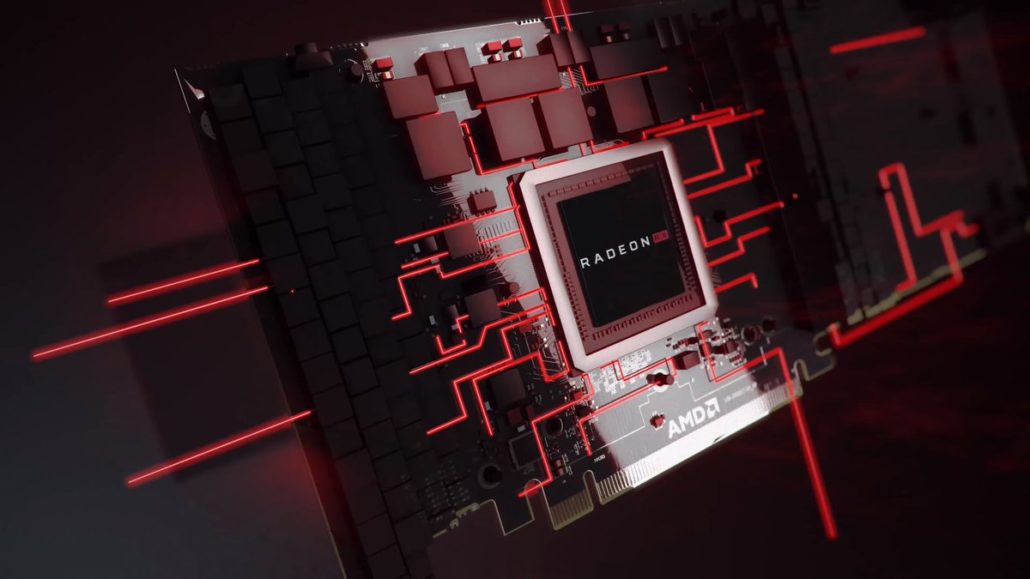
So you can see that Wjm47196 has a history of solid rumors which turned out to be true and that’s the sole reason we are covering what he has posted today. In his latest rumor post, Wjm47196 not only highlights a few specifications of the flagship Radeon RX ‘Big Navi’ graphics card but also talks about the production/development progress of the card so far.
AMD Radeon RX ‘Big Navi’ Graphics Card To Feature 16 GB GDDR6 VRAM Capacity
The first bit covers the specifications and in that regard, the Big Navi graphics card is stated to get 16 GB of VRAM capacity. That’s double the VRAM buffer of the existing Radeon RX 5700 XT graphics card which is based on the Navi 10 GPU. It is not mentioned what type of memory architecture will be utilized but the leaker does mention a 512-bit bus interface that would point out to a GDDR6 interface rather than HBM2(e).
Now rumors running in parallel for the NVIDIA Ampere lineup have stated a faster GDDR6(X) die solution for the gaming cards so AMD could utilize faster GDDR6 chips from memory makers to power its enthusiast-grade graphics solution. However, GDDR6X isn’t under production or listed by any of the major DRAM manufacturers (which could be due to an NDA with the GPU companies) so we would have to take that information with a grain of salt.
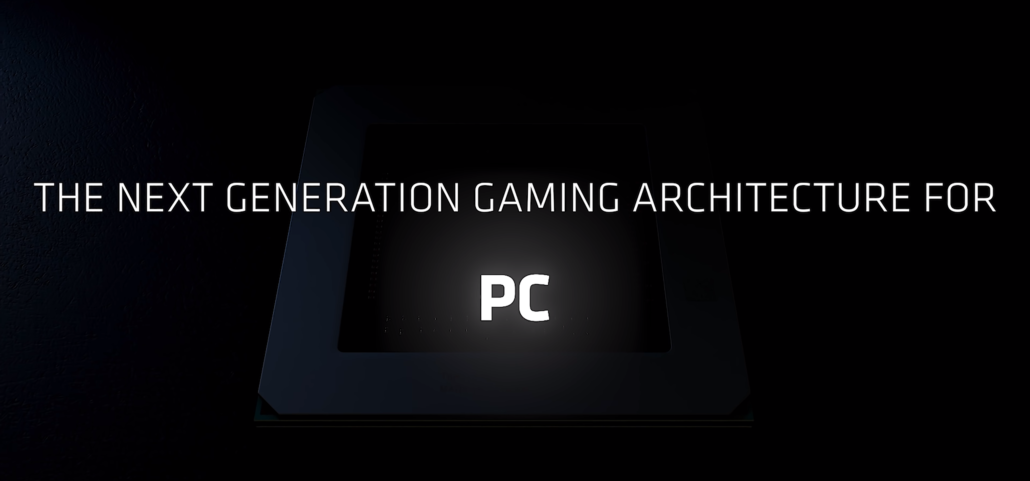
Regardless, speeds of up to 18.00 Gbps are definitely achievable with the existing GDDR6 solutions which would mark a good improvement in bandwidth over the 14 Gbps dies featured on the first-gen Navi cards. Even at 16 Gbps, a 512-bit bus interface would deliver 1 TB/s of bandwidth while 18 Gbps would easily exceed 1 TB/s of total bandwidth to the GPU.
AMD Radeon RX ‘Big Navi’ GPU Samples Have Been Sent For Driver Validation
When it comes to the development progress of the Big Navi GPU, the first validation sample was sent recently to Shanghai for driver development. While this happens, AMD engineers situated in the United States have yet to visit the manufacturing and test labs based in China to evaluate the final performance of its Big Navi GPU. This means that all previous rumors on the performance of Big Navi graphics card hold no truth at all and were simply speculation.
AMD Radeon RX ‘Big Navi’ Graphics Card To Launch in Q4 2020 But In Reference Flavors
As for the manufacturing and design process, AMD is stated to not have finalized its Big Navi PCB design yet. The toolkits for manufacturing are also allegedly not ready yet which once again points out to inaccurate performance numbers in the past. AMD is expected to send out its first design resources for the Big Navi graphics card’s PCB in the next two weeks to the major AIB partners.
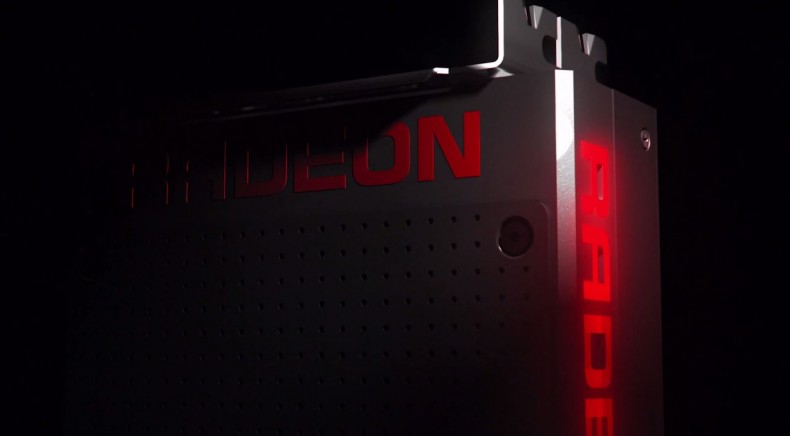
Based on this information, it seems like that AIBs would miss out on the launch window for offering their custom designs for Big Navi. Meanwhile, NVIDIA custom designs for its next-gen Ampere GPU lineup have already leaked out. The launch is suggested to take place in Q4 2020 with previous info pointing out to a late October or Early November launch timeframe.
NVIDIA Will Launch Its Flagship Ampere GPUs Before Flagship Navi in September 2020
Lastly, Wjm47196 mentions that NVIDIA will be coming to the consumer space first with launch reportedly being held in September. This means that at the very least, Big Navi would be 1 month late than the flagship Ampere gaming graphics card. Of course, nothing is set in the stone yet but based on this information, we do get some insightful knowledge of AMD’s Big Navi Radeon RX graphics cards which many enthusiasts are waiting for.
Here’s Everything We Know About RDNA 2 Based Radeon RX Navi 2X Desktop GPUs
The AMD RDNA 2 based Radeon RX Navi 2x graphics card family is also touted to disrupt the 4K gaming segment similar to how Ryzen disrupted the entire CPU landscape. That’s a pretty bold claim from AMD themselves but leaks and rumors are suggesting that this might be the case for AMD’s next-generation Radeon RX graphics cards.
AMD unveiled that its RDNA 2 GPUs will deliver a similar performance jump over the first-gen RDNA GPUs like Zen 2 delivered over Zen 1. The first RDNA GPUs delivered a massive 50% increase in performance per watt over GCN architecture and RDNA 2 GPUs are expected to do the same over RDNA 1, delivering another 50% increase in performance per watt.
According to the roadmap shared by AMD, the RDNA 2 GPUs would feature three key features that will be part of the new GPU architecture. First and foremost is the performance per watt increase which is due to a number of reasons. AMD will be shifting from TSMC’s 7nm process to the more advanced 7nm process node. The new process node itself increases transistor efficiency on the new GPUs while decreasing its overall size, allowing AMD to cram more performance in a much smaller package.
The key changes that have led to a 50% increase in performance per watt include a redesigned micro-architecture with improved performance-per-clock (IPC), a logic enhancement that helps reduce design complexity and switching power and physical optimizations such as increased clock speeds.
AMD has also announced that RDNA 2 GPUs would feature VRS (Variable Rate Shading) and hardware-accelerated ray tracing. AMD is following suit with NVIDIA here who have already implemented the said technologies on its Turing GPU based GeForce RTX graphics cards. With the launch of the new consoles from Microsoft and Sony imminent, AMD is going to work to provide these features with its own optimization framework to developers for integration within next-generation gaming titles.
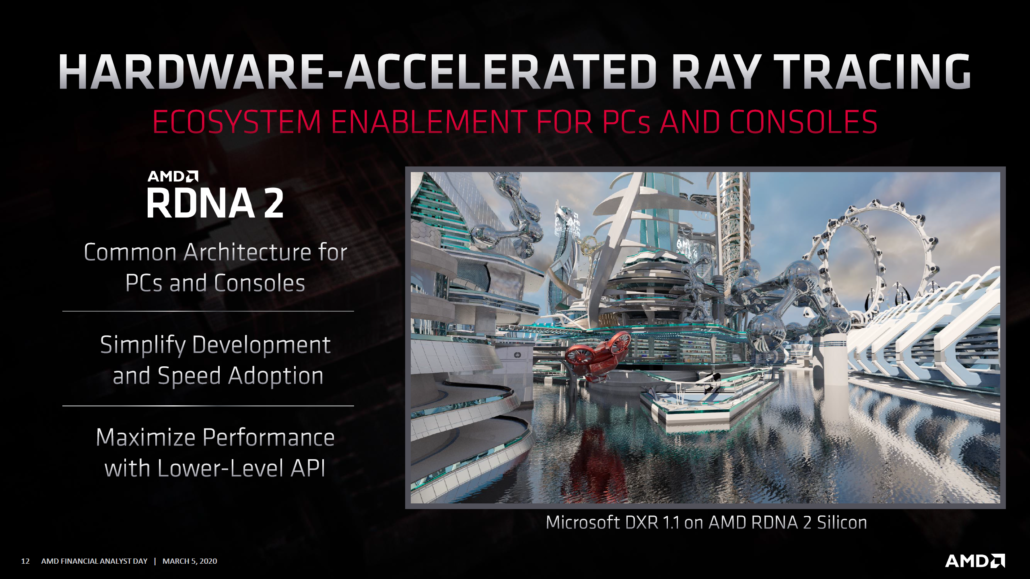
AMD has also recently showcased its RDNA 2 GPUs running Microsoft’s DXR 1.1 (DirectX 12 API Ultimate) demo internally which utilizes hardware-accelerated ray tracing. AMD’s approach to ray tracing is to offer simplified development and speedy adopting and that is definitely possible through consoles where the mass majority of game developers focus their efforts towards.
A recent rumor hinted that only AMD’s high-end RDNA 2 GPU lineup would feature ray-tracing technology on hardware-level whereas the entry-tier and mainstream lineup will focus on higher performance efficiency, similar to how NVIDIA distinguishes its GeForce RTX and GeForce GTX line of Turing graphics cards.

AMD’s CEO, Dr. Lisa Su, has already stated that we can expect a new RDNA 2 GPU based Radeon RX high-end family and a 7nm RDNA refresh family to launch this year. The same was stated during the presentation in which it was stated that the “Navi 2x” lineup would scale from top to bottom and as the name suggests, would deliver twice the performance efficiency increase over the first-generation RX graphics cards. AMD’s CFO, Devinder Kumar also shed some light on the RDNA 2 GPU based Radeon RX products for the PC platform, stating that PCs will be first to get a taste of the new architecture in the form of the Big Navi (Halo) graphics card followed by mainstream GPUs.
“There’s a lot of excitement for Navi 2, or what our fans have dubbed as the Big Navi“
“Big Navi is a halo product”
“Enthusiasts love to buy the best, and we are certainly working on giving them the best”.
“RDNA 2 architecture goes through the entire stack“
“it will go from mainstream GPUs all the way up to the enthusiasts and then the architecture also goes into the game console products… as well as our integrated APU products.
“This allows us to leverage the larger ecosystem, accelerate the development of exciting features like ray tracing and more.”
via AMD’s CFO, Devinder Kumar
With that said, we are already aware of a recent rumor which pointed out that AMD’s high-end Radeon RX Navi GPUs could be up to twice as fast as Navi 10, featuring a massive die size and GDDR6 memory. Some of the features to expect from 2nd Generation RDNA Navi GPUs would be:
- Optimized 7nm process node
- Enthusiast-grade desktop graphics card options
- Hardware-Level Ray Tracing Support
- A mix of GDDR6 graphics cards
- More power-efficient than First-Gen Navi GPUs
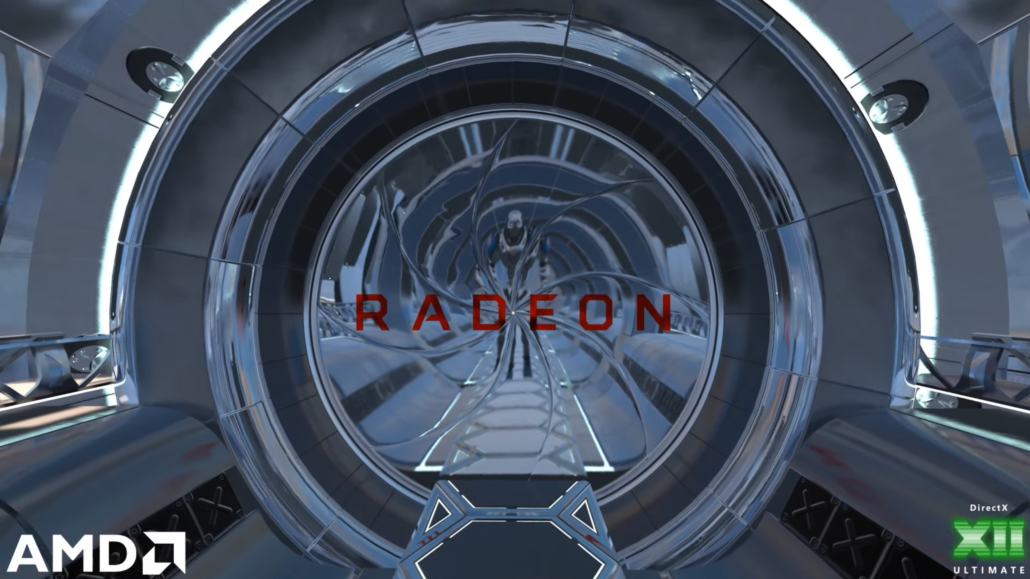
One of the key features on the Big Navi Radeon RX GPU is that it is going to disrupt the 4K gaming segment, similar to how Ryzen disrupted the entire CPU segment. These are some bold claims by AMD, but if those rumored specifications are anything to go by, then these claims may not be that far fetched.
“With the Radeon 5000-series we are essentially covering 90-something-percent of the total PC gamers today,” says Chandrasekhar. “And so that’s the reason why no 4K right now, it’s because the vast majority of them are at 1440p and 1080p.
“That doesn’t mean a 4K-capable GPU isn’t coming, it is coming, but for here and now we want to focus on the vast majority of gamers.”
“Similar to Ryzen,” he says, “all of us need a thriving Radeon GPU ecosystem. So, are we going after 4K, and going to similarly disrupt 4K? Absolutely, you can count on that. But that’s all I can say right now.”
– PCGamesN
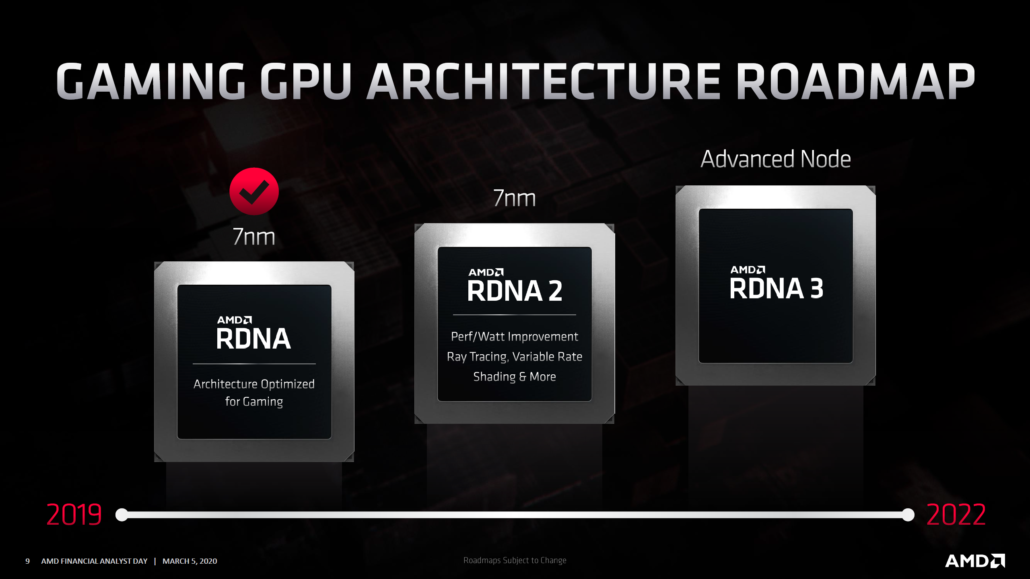
Once again, AMD in its own presentation emphasized enthusiast-class performance for the RDNA 2 based Radeon RX ‘Navi 2X’ GPUs so that’s something to consider. The competition however from the other side won’t just go eyes closed as AMD launches its high-performance graphics cards. The next-generation NVIDIA based GeForce GPUs is shaping up to be a beast on their own based on the early specs that we have seen.
Q3 and Q4 2020 would definitely be interesting times for all the hardware enthusiasts and mainstream PC gamers who are looking forward to upgrading their PCs with the best hardware.